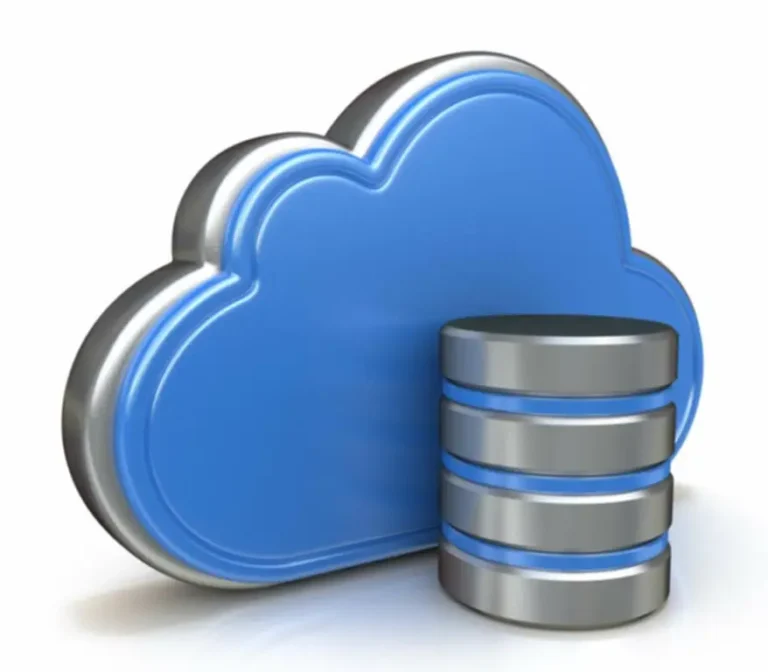Sql Vs Nosql: What Are The Key Variations And When To Make Use Of Every For System Design?
The key’s to know their strengths and limitations and make an knowledgeable determination. As one DesignGurus information places it, it’s about “thoughtfully evaluating the trade-offs within the context of your system’s distinctive requirements”. The selection ought to at all times be pushed by the precise needs of the application. In many circumstances, SQL and NoSQL can complement each other in a single system.
- NoSQL describes you could have knowledge in a semi-structured document column.
- In relational databases, knowledge is saved in different tables, every containing multiple data (rows).
- They’re designed to distribute knowledge across nodes and deal with partitioning natively.
- On the opposite hand, NoSQL, which stands for “Not Only SQL,” presents a more versatile, non-relational strategy, perfect for dealing with unstructured or dynamic information.
- At some point in your coding journey, you’ll need to be taught to use a database, explains David Patlut, Curriculum Supervisor at Codecademy.
If you’re new to databases, having a agency grasp of SQL and NoSQL is a good suggestion. SQL is a well-liked standard language nicely supported by many alternative database methods, whereas NoSQL has varying ranges of assist in other database methods. Understanding the variations between NoSQL and SQL databases will let you decide higher which database answer is suitable for your specific knowledge utility.
Construct A Data Pipeline With Heroku Etl & Hadoop

This can make NoSQL blazing fast for the particular queries it’s designed for (because all the information you want may be in one document or one key lookup). When you shard a SQL database (say users A-M on one server, N-Z on another), queries that want knowledge from both shards turn out to be advanced. Joins throughout shards either aren’t attainable or require distributed queries which may be slow. Maintaining consistency across shards, performing joins across shards, or handling multi-shard transactions adds lots of complexity.
Sql Vs Nosql: Which Is Faster?
This means you could enhance the load on a single server by growing things like RAM, CPU, or SSD. This signifies that you handle extra visitors by sharing, or including extra servers in your NoSQL database. It’s the language you’ll use to question overfitting in ml databases and transfer structured data between traditional applications. It Is a powerful language that may assist you to do many data-related issues, but it also has some downsides.
A hierarchical data mannequin is one which necessitates the info to be organized in a tree-like construction. The information is saved within the type of information, that are linked with one another through links. What fields a report will comprise is determined by the kind of the document.
Sql Vs Nosql: Key Differences, Use Instances & Which One To Choose
NoSQL databases are higher for large-scale data distribution, versatile evolving schemas, and excessive throughput use instances. A well-informed architect or engineer will choose the one that fits the necessities, or use a mixture. Utilizing NoSQL for something that really needs relations (and then making an attempt to manually implement those relations) may be painful. Likewise, forcing a very versatile, big dataset into an SQL retailer might result in bottlenecks or constant schema modifications.
Although it’s attainable to store hierarchical data by way of SQL databases, it isn’t usually fascinating to take action. NoSQL databases, then again, make up for a wonderful option for storing information in a hierarchical database model. Likewise, there are vital variations between SQL and NoSQL as discussed on this article. So, it is crucial to understand your database requirements before choosing the appropriate expertise for your project. Thus, NoSQL databases are usually well-suited for extremely scalable purposes.
No matter what area you’re in, selecting the right database in your group is an important choice. Now, let’s discover some examples for instance the differences in these concepts. In a big production environment, schema changes should be accomplished rigorously to keep away from downtime. Examples are Google Spanner and CockroachDB, which use techniques https://www.globalcloudteam.com/ like TrueTime and consensus algorithms to maintain up consistency at scale. In quick, scaling a SQL DB usually means “scale up first, then rigorously scale out when you must”. To start your studying, contemplate the Introduction to NoSQL Databases course offered by IBM and the Introduction to Structured Question Language (SQL) course provided by the College of Michigan.

Over time, a number of NoSQL databases have added transaction support. For example, MongoDB helps multi-document transactions now, and Google’s Cloud Firestore (a NoSQL doc store) helps transactions in a restricted scope. However, using transactions in NoSQL can generally reduce their performance benefits, and not all NoSQL DBs have it. So, if ACID across a quantity of pieces of information is a must, a SQL database is usually a safer wager.
It is a question language designed particularly for coping with knowledge housed by relational databases. These databases are called relational databases as they rely on relations, which are in fact tables. SQL and NoSQL are two completely different database technologies, every with its own set of strengths and weaknesses. SQL requires structured and tabular data When to Use NoSQL vs SQL and supports advanced queries. On the opposite hand, NoSQL presents flexibility, scalability, and assist for numerous types of information. But, neighborhood assist for NoSQL is considerably limited as it’s a comparatively new know-how.
For huge information applications, NoSQL databases are sometimes higher suited. They are designed to handle massive, distributed datasets across clusters, making them extremely efficient for storing and processing terabytes or petabytes of information. If you’re working with information that doesn’t fit neatly right into a table—such as paperwork, JSON, XML, or multimedia files—a NoSQL database is healthier suited. NoSQL databases like MongoDB or Couchbase can retailer and retrieve this kind of information while not having a rigid schema. Additionally, whereas NoSQL allows flexible writes, when studying you continue to usually must deal with a quantity of shapes of information (e.g., some paperwork have area X, some don’t). This is typically called schema-on-read (you impose construction when studying out the information, as a substitute of on write).